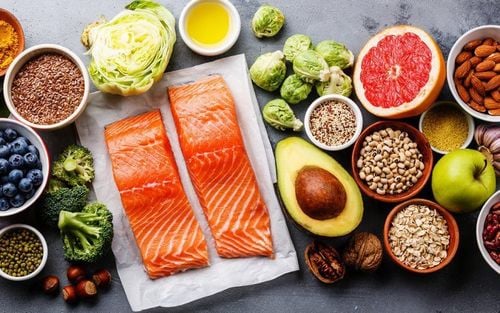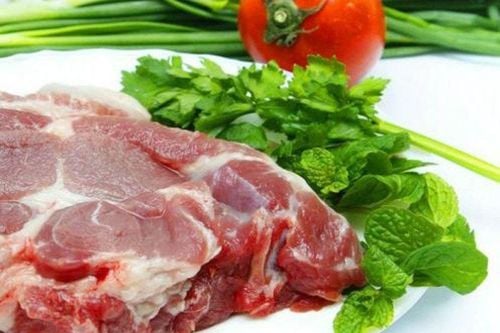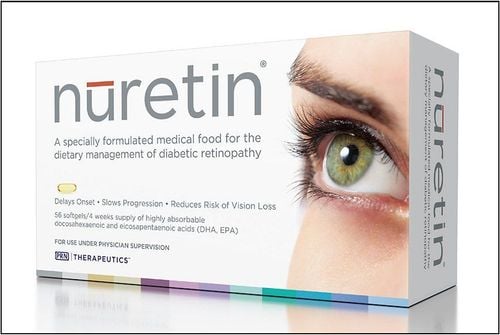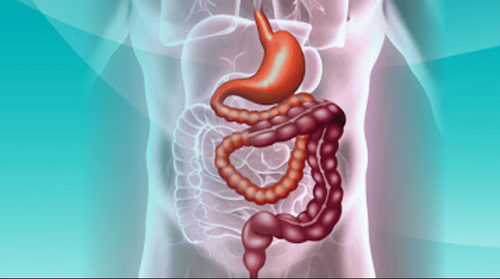This is an automatically translated article.
Every festive season, the issue of food safety and hygiene seems to have not been paid attention, as a result, some heartbreaking events have happened. So how to ensure food hygiene, so that you and your family and friends have safe and happy festive seasons?
Chefs across the country are planning hearty holiday feasts featuring everyone's favorites, from stuffed cornbread to pumpkin pie. Friends and relatives are invited to the party in glee, food safety is usually not something you think about when planning a holiday dinner party. But in order to keep your family and friends gatherings free from the health effects of food, it's important to take steps to protect diners from foodborne illnesses.
Although the United States has one of the safest food supplies in the world, it still has 76 million people each year with food poisoning, according to the Centers for Disease Control and Prevention (CDC). CDC). Food safety becomes very challenging, especially around the holidays. Not only is this the season of flu and cold, but the menus also contain too many dishes compared to the storage capacity of the refrigerator or the stove.
“It takes skill, time and organization to have a healthy party with all the food stored at the right temperature so bacteria don't have a chance to grow”, said the safety expert. Food and nutritionist Missy Cody, PhD, a registered dietitian and chair of the department of nutrition at the University of Georgia.
Furthermore, most diners lists include people prone to food poisoning - the elderly, young children, pregnant women, and anyone with a vulnerable immune system. And your menu may also contain dishes that have been brought in by family and relatives for a long time or kept at room temperature for extended periods of time. (“Advise your guests to store hot foods they bring in containers and immediately refrigerate or reheat them at 74 degrees Celsius,” adds Cody.)
To ensure meals Your holiday dinner is not only delicious but also as safe as possible, consult the experts. Here are the 10 best suggestions for you:
1. Make a master plan.
Chefs often do this, so should you. Consider the storage space of your refrigerator, freezer, and stove, and you'll be managing food temperatures to 140 degrees or higher for hot foods and 40 degrees or less for cold foods. . If you need to use a cooler, make sure you have plenty of clean ice and check them often to see if they've all melted. "In any case, you shouldn't store food on the porch in outdoor temperatures," says Cody.
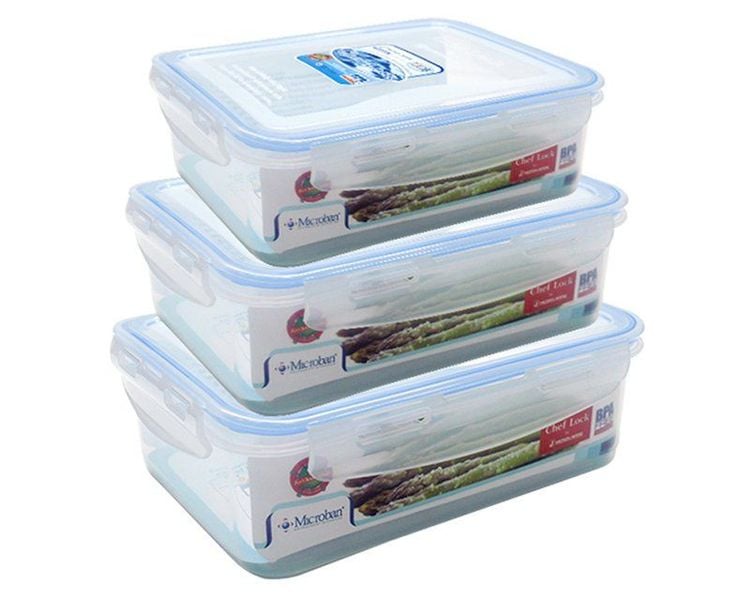
Bạn nên lưu trữ thức ăn trong trong hộp thực phẩm khi để trong tủ lạnh
2. Cook food to the proper temperature and use a thermometer.
There is no other way for you to determine at what temperature to remove bacteria from food. “Turkey dishes, stuffings, side dishes, and leftovers should be cooked to a temperature of at least 165 degrees and kept at 140 degrees while serving to ensure any potential bacteria are eliminated. ,” said Karen Blakeslee, a master of science from the Kansas State University Institute of Food Sciences. “Remember the golden rule: Keep hot food hot, cold food cold. "

Sử dụng nhiệt kế giúp nhận biết được mức nhiệt độ loại bỏ được vi khuẩn
3. Put leftovers in the refrigerator within 2 hours of preparing the meal.
Leaving food out for too long can easily lead to food safety problems. “It can be easy to linger at the table, but when food has to stay in the temperature danger zone for more than two hours -- above 40 degrees and below 140 degrees -- this is the perfect temperature threshold. for bacteria to grow,”. Blakeslee said. Cody adds: “Store leftovers in containers that are 5cm deep and make sure the refrigerator is not overloaded, there is always plenty of airflow around the food so it can be cooled effectively. fruit ." Blakeslee suggests cutting the turkey into chunks to quickly cool it to the right temperature, as well as make storage easier.
4. Thaw turkey appropriately or buy new.
“If you choose to freeze turkey, poop every 2.2 kilograms of turkey with 24 hours of thawing in the refrigerator, and do not defrost turkey on the counter,” says Blakeslee. Because of the dry heat in many parts of the country, it becomes a waste to defrost turkey by frequently running cold water. But this is safe (albeit time-consuming), as long as you change the cold water to soak the chicken every 30 minutes.
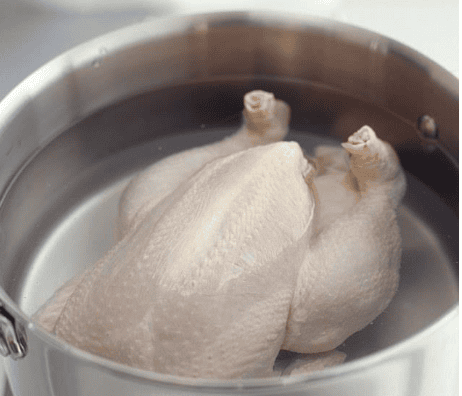
Rã đông bằng cách ngâm nước sẽ khiến thực phẩm không còn nhiều dinh dưỡng
5. Wash hands thoroughly and often before, during, and after preparing meals.
“Handwashing is one of the simplest ways to reduce bacterial contamination and keep food safe,” says Blakeslee. Wash up to the wrists and between the fingers with hot water and soap for approximately 20 seconds.
6. Wash all fresh produce.
Wash all packaged greens to minimize potential bacteria. Make sure the counter, sponge, cutting board and knife are thoroughly scrubbed.

Các loại thực phẩm tươi đều cần được rửa sạch
7. Reheat leftovers to 165 degrees.
Fill up a plate of food and microwave it for a few minutes for a certain amount of safety, but even so, Cody says, you need to use a thermometer to make sure the dish is heated through. threshold temperature required to eliminate germs. “Microwaves heat up in an uneven way, so let the food wrap in the microwave for a minute or two to get rid of the insects, then check the temperature around the plate. foods. ” she recommends.
8. Keep guests (and clumsy eaters) away from the kitchen.
“The holiday season comes during cold and flu season, which reinforces the fact that up to half of people have staph on their fingertips,” says Cody. “That's why it's so important to prevent someone from slurping food while it's being prepared,” she recommends preparing diners with appetizers so they can indulge until the main meal is ready. ready to be served.
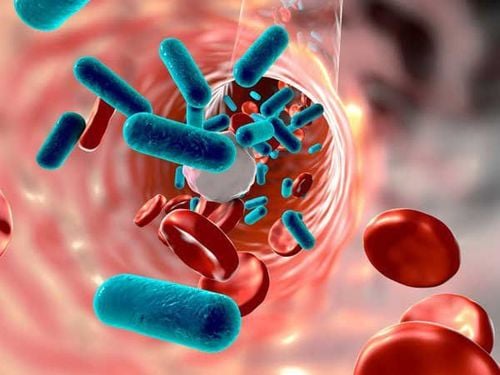
Tránh việc ăn thức ăn bằng tay bởi có thể trên ngón tay chứa tụ cầu khuẩn
9. Only pasteurized cider should be provided.
Most juices, including cider, are pasteurized to remove harmful bacteria. While you can buy unpasteurized juices, these juices are often labeled with warnings about illnesses that are more likely to affect the weak. “For the sake of safety, serve pasteurized wines at your holiday get-togethers,” says Blakeslee
Chỉ nên sử dụng các loại rượu đã được tiệt trùng
10. Be very careful with eggs.
Many custard cocktail recipes call for the use of undercooked eggs, but Marcia Greenblum, registered dietitian and MSc, of the Center for Egg Nutrition, says that "to be absolutely safe, you need to use pasteurized eggs or cook the egg yolks with a little sugar (recipe below) to make sure you get rid of all the potential salmonella.” She also recommends that eggs be kept in the refrigerator until you need them to cook and that you should always cook egg products to 160 degrees.
Check out the recipe for a custard cocktail with a cooked egg below.
Egg custard cocktail with cooked eggs
Ingredients:
6 large eggs
1/4 cup sugar
1/4 teaspoon salt
1.1 quart low-fat milk, dispensed
1 teaspoon vanilla
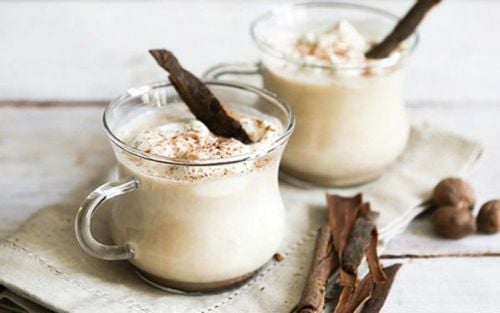
Hình ảnh Cocktail sữa trứng với trứng đã nấu chín
Garnish (optional)
Combine egg, sugar and salt in a large saucepan, if desired. Stir this mixture with 2 cups of milk. Cook over low heat, stirring constantly, until the mixture is thick enough and has a smooth consistency when scooped up with a metal spoon over a temperature of at least 160. Turn off the heat. Add the remaining 2 cups of milk and stir in the vanilla. Cover and refrigerate until completely cool, several hours or overnight. Before serving, pour into bowl or pitcher. Garnish this drink with nutmeg if you like and then serve immediately. Each serving contains: 88 calories, 3 grams total fat, 1 gram saturated fat, 29 calories from fat, 110 mg cholesterol, 119 mg sodium, 154 mg potassium, 9 grams carbohydrate, 6 grams protein. Vinmec International General Hospital with a system of modern facilities, medical equipment and a team of experts and doctors with many years of experience in medical examination and treatment, patients can rest assured to visit. and hospital treatment.
To register for examination and treatment at Vinmec International General Hospital, you can contact Vinmec Health System nationwide, or register online HERE.
Reference source : webmd.com




